What is a Chord in Music? A Guide to Building Chords and Chord Progressions.
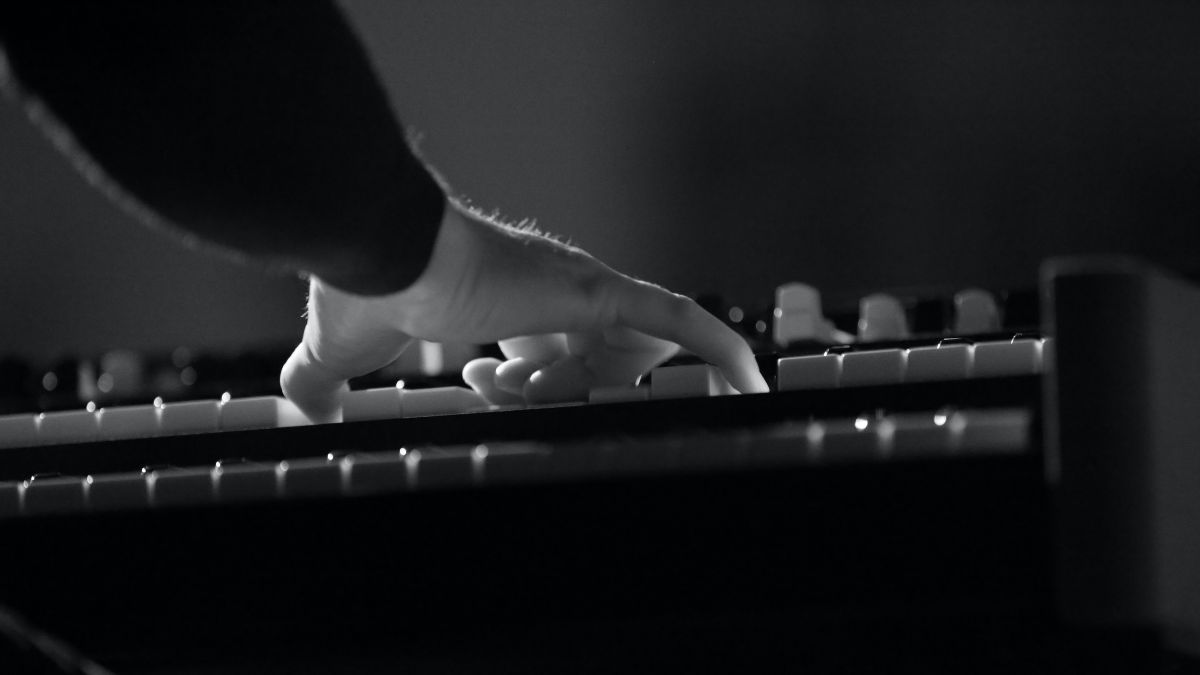
Music is often said to be the universal language, and one of the most fundamental aspects of this language is the chord.
Chords are an essential part of studying music theory, and foundational to music itself. They create the harmonies that underpin our favorite melodies, and form the basis of most musical compositions.
But what is a chord, exactly? In this guide, we'll dive deep into what chords are, from simple two-note chords to complex jazz harmonies, how they are built, and how we can learn to detect them by ear!
What is a Chord?
A chord is simply a group of two or more notes that are played together (simultaneously) to create a harmony. There are many different types of chords, but the most common ones are triads (3 notes), 7th chords (4 notes, also known as tetrads), and extended chords (5+ notes).
Chords are built by combining individual notes, just as words are built by combining individual letters. These combinations rely on formulas that musicians and composers have recognized and developed over many centuries of music making.
Types of Chords
Knowing how to write a great chord progression is key to producing a memorable, professional-sounding song. But what’s the starting point for a great chord progression? Knowing the different chord types.
TRIADS:
Triads are the simplest type of chord and are made up of three notes. These notes are stacked in thirds, meaning that the second note of the chord is a third above the first, and the third note is a third above the second. If you need a refresher on intervals, click here. Triads can be major, minor, augmented, or diminished depending on the intervals between the three notes.
These four types of basic triads form the basis for nearly all chordal harmony in Western music.
Major triads tend to sound bright and uplifting, while minor triads have a moodier, more introspective quality. Augmented triads have a tense, unstable sound, while diminished triads are dark and grating.
The different sounds come from the difference in the structure of the notes.
For example, a C major triad consists of the notes C, E, and G played together. In contrast, a C minor triad consists of the notes C, E♭, and G played together.
Each number comes from its respective place in the scale.

Major triads follow this formula: 1 - 3 - 5
Minor triads follow this formula: 1 - ♭3 - 5

These formulas can also be generated to build a chord beginning on any root (first) note by stacking two intervals together.
For example, a major triad is a major triad on the bottom with a minor triad on top.
A minor chord is just the opposite, minor on the bottom and major on top.

Different notes in a musical scale form different chords. For the major scale, this formula is always the same.
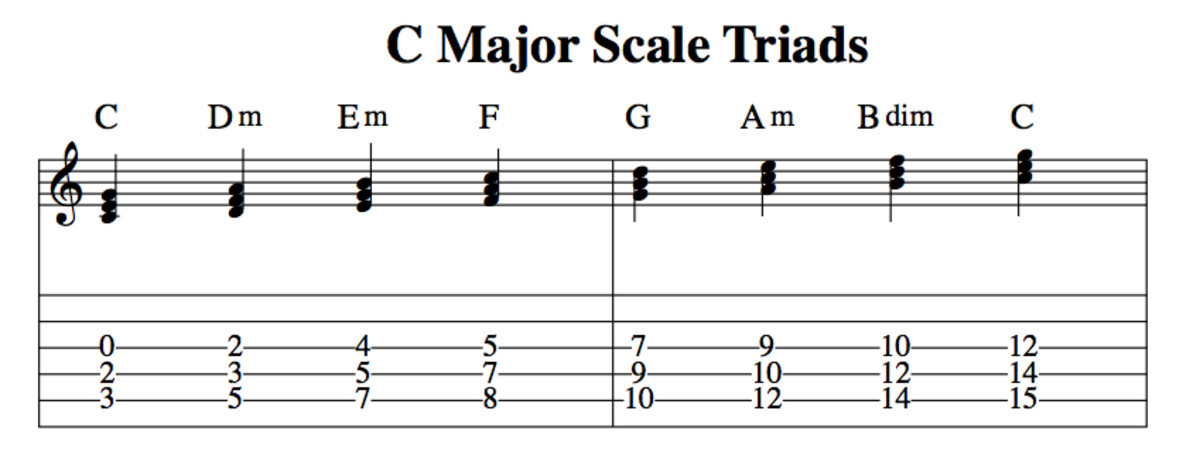
The first, 4th, and 5th notes produce major chords, the 2nd, 3rd, and 6th notes produce minor chords, while the 7th note produces a diminished chord.
Major and minor triads are consonant, meaning they don’t need to resolve back to a more comfortable stable chord.
Augmented and diminished triads on the other hand are dissonant and need to resolve back to another stable chord in the key.
This is due to the relationship of the 5th.
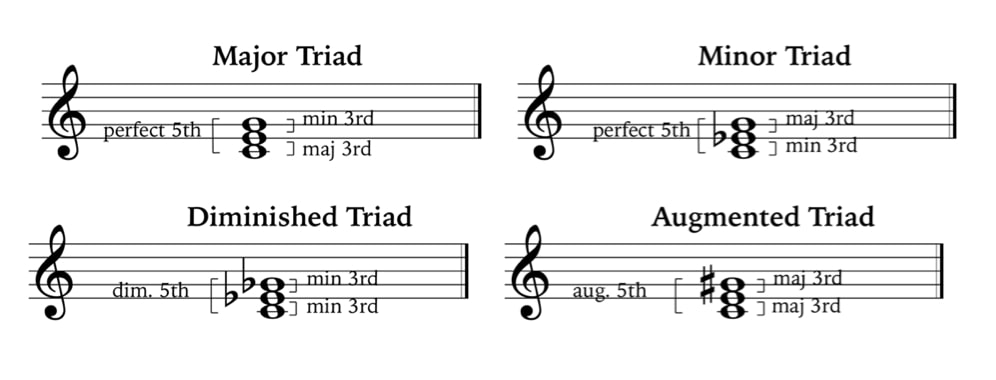
In major and minor triads, the distance between the first note and the top note is a perfect 5th.
In a diminished chord, the 5th is lowered to a diminished 5th. The 3rd is also the lowered minor 3rd. In other words, a diminished triad is a minor triad with a lowered 5th.
Therefore, a diminished chord is formed from two minor 3rd intervals.
The augmented chord is a major triad with a raised 5th.
Therefore, the augmented chord is formed from two major thirds.
The augmented triad is the only one that doesn’t occur naturally in the major scale.
7TH CHORDS / TETRADS:
7th chords, also known as tetrads, are chords that consist of four notes. They are more complex than triads and have a richer, fuller sound. The most common 7th chords are major 7th, dominant 7th, minor 7th, and half-diminished 7th.
7th chords are formed by stacking yet another 3rd interval on top of the chord.
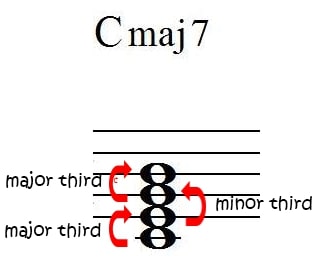
For a “C” major triad, we would add the note “B”, which is one major 3rd above the 5th “G”.
C - E - G - B
7th chords introduce a new type of chord, “dominant”. A dominant 7th chord is usually found built on the 5th note of a musical key.
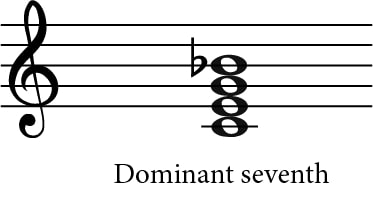
It combines a major triad with a minor 7th.
C dominant 7 = C - E - G - B♭
From there, we can form a minor 7th chord by lowering the 3rd to a minor 3rd.
C - E♭- G - B♭
Finally, a half-diminished chord is a diminished triad with a minor 7th.
C - E♭ - G♭ - B♭
We can also harmonize the major scale with 7th chords.

Again, the augmented 7th chord does not appear naturally, but is sometimes used in place of one of the major or dominant chords by composers.
In Jazz and RnB music, the harmony is typically written with 7th chords instead of regular triads, like in a ii7 - V7 - Imaj7 (2 - 5 - 1) progression.
EXTENDED CHORDS:
Extended chords are chords that consist of five or more notes. The most common extended chords are 9th, 11th, and 13th chords.
9th chords have a jazzy, sophisticated sound, while 11th chords have a dreamy, ethereal sound. 13th chords have a lush, complex sound that is often used in funk, soul, and jazz music.
For example, a C9 chord consists of the notes C, E, G, B♭, and D played together.
Extended chords are formed by continuing to extend the scale into the next octave, and use the notes that don’t occur in the original triads.

These notes happen to be the 2nd, 4th, and 6th. Moved up one octave, we could call these notes the 9th, 11th, and 13th.
Just like the previous chord-types, these extensions can be lowered/raised to produce different qualities. These are called “altered” chords.
For example, if we took that C9 chord from above and lowered the 9th, we could have a C♭9 chord = C - E - G - B♭ - D♭.
You can even combine multiple extensions to create incredible lush, rich sounding harmony.
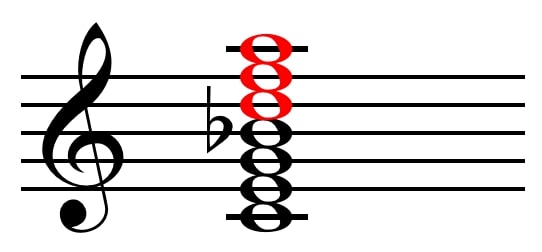
The chord above is called an “upper structure triad” because the extensions themselves form a whole new chord on top of the existing chord!
Some other common altered chords are a major 7th #11, dominant 7#9, and dominant 7♭13.
Again, these chords are commonly found in jazz, RnB, soul, progressive, and funk music.
CHORD DETECTION:
There are two main ways to detect chords in music: by feel and by intervals.
BY FEEL:
One way to detect chords in music is by feel. This means simply listening to the music and trying to identify the chords based on how they make you feel.
Many people associate certain emotions with different chords, this can create a trigger that matches up with different chord types.
INTERVALS:
A more scientific way to detect chords in music is by interval recognition. This involves identifying the specific notes that make up the chord and the intervals between those notes.
For triads, the best place to start is the sound of the 3rd. Most humans, including non-musicians without any musical training, can easily distinguish between major and minor chords.
If you are able to tell major and minor thirds apart, you can put them into context fairly easily.
Another thing to consider is if the chord is consonant or dissonant. Is it stable and satisfying? Or is it harsh and unresolved?
7th chords and extended chords will sound much denser than triads and may be harder to identify.
The best way to learn to detect chords by ear is through practice. Another effective exercise is to listen to a piece of music and try to identify the chords that are being played.
If the song is upbeat or cheerful, it likely begins on a major chord. If the song is a ballad or sounds melancholy, chances are it begins on a minor chord.
Diminished chords can be easier to identify because they are often used as “passing” chords, literally in passing between two other stronger chords. Sometimes these chords only last for one or two beats.
Many musicians use a combination of these methods: learning intervals by rote while also having their own thought/feeling associations with different chords.
In my experience, I associate the sound of an augmented chord with longing and sci-fi movies, as it appears frequently in the soundtrack for films like “The Hunger Games”. I can identify the sound of the augmented chord much more quickly in the context of the film score than I can on its own, in part due to the emotional connection I formed with the piece.
Chords are an essential part of music and learning to build and detect them is crucial for any aspiring musician. By understanding different types of chords and developing your chord detection skills, you'll be well on your way to enriching your musical experience.
So keep practicing, and before you know it, you'll be able to identify any chord by ear!


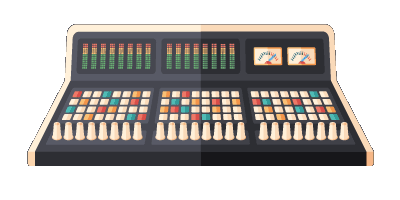
Comments:
Login to comment on this post